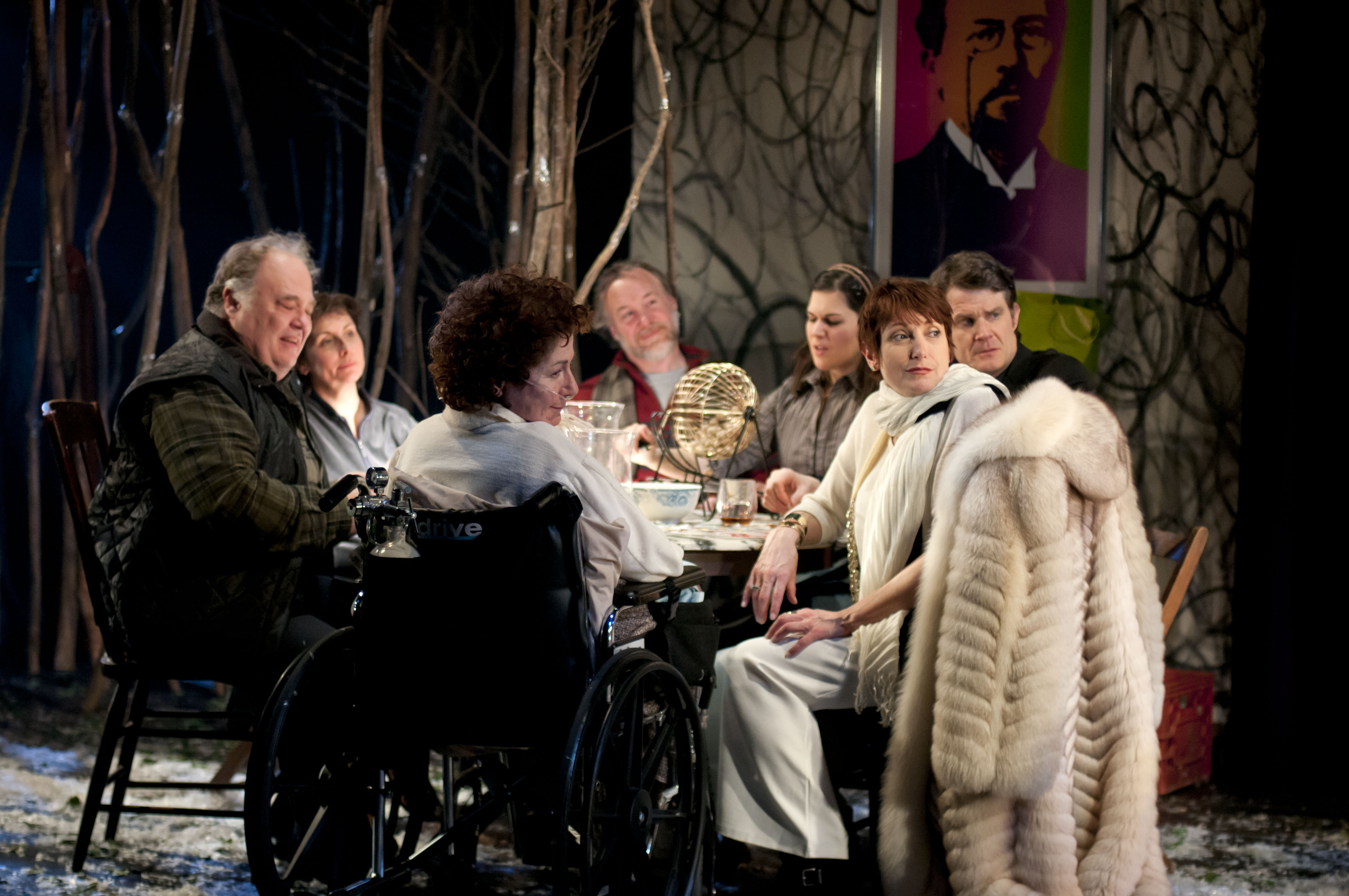Heart-wrenching assertions and existential ponderings are at the core of Anton Chekhov’s play, The Seagull.

Adapted and directed by Peter Hinton, The Seagull is a story of disappointment pitted against disappointment. Issues of commercialism and idealism, talent and failure are constantly at war with each other.
As with most of Chekhov’s plays, geography sets the tone; the play is set in the countryside, where characters come alive after a more stagnating existence in the city.
In this case, The Seagull takes place in a small Canadian country estate in 2014 and presents us with a myriad of characters. There is Constantine, a failed playwright who is besotted by Nina, who is enthralled by a successful writer, Trigorin. The love triangle only gets more and more complicated. Enter Constantine’s cold and haughty mother, Sorina, who has Trigorin wrapped around her little finger — and things get explosive.
Shannon Currie, playing Nina, outdoes herself acting as both the innocent girl who dreams of an acting career and a woman who is no longer that girl. In a white lace dress showing off her legs, Nina makes small talk with Trigorin and literally throws herself at him, using a line from one of Trigorin’s own books: “If you ever need my life, come and take it.” Here we see the patheticness of it all — a country girl who dreams of the big city life and thinks that Trigorin can help her. Spineless Trigorin accepts Nina’s love but maintains the dog-on-the-leash relationship with Sorina, Constantine’s mother.
Trigorin is your quintessential dandy. The audience gets some much needed comic relief when Trigorin’s questions poke fun at himself. As he says when he thrusts himself at Sorina’s lap: “I can’t help it! I am called by Nina. I can’t help it. How can you find this attractive?”
The mother-son dynamic between Constantine and Sorina is particularly disturbing and revealing. Sorina does love her son, but she cannot help but feel revulsion when she sees her emancipated, angry son who seems to have no ambition in life.
In truth, Constantine just wants to be loved and to write. When he tries (and fails) to shoot himself in the head, he spends much of the rest of the play with his head bandaged. Constantine asks his mother to change the bandages, adding meekly: “You used to take care of me so gently.”
Sorina breaks down now and again in front of her son, but generally speaking, she is a career woman, an actress, and the companion of a successful writer. Diane D’Aquila, playing Sorina, is the perfect soldier and actress combined. As her character exclaims angrily: “When have I acted in a bad play?” Confronting each other time and time again over his failure in life, the mother-son relationship is complex at best.
So, where does the seagull come in? In many respects, the seagull serves as a moving metaphor of lost life and lost ambitions. Constantine, driven mad by his unrequited love of Nina, kills a seagull and presents it to her, but she is disgusted by the gift. Later in the play, Nina exclaims those powerful lines: “I am the seagull!” Nina has become haunted by the gift.
This adaptation of the play worked out remarkably well. Nina wears jeans, Constantine is always seen in T-shirts, and the characters correspond via Facebook. Sure, the play might have been long (running for over three hours) and the emotions drawn out, but the Segal Centre’s rendition of The Seagull does a fine job of talking about failure. The audience gets time to breathe, to wonder, to despair with the characters, and by the end, you leave feeling both drained and hopeful.
The Seagull runs at the Segal Centre until Feb. 19. Visit segalcentre.org for more information.








